There are thousands of videos populating TikTok that pay tribute to Adidas’ Samba sneakers. The style has been awarded the title of “it-girl shoe” of the season in large part thanks to the subjects of most of these videos, chronicling how Bella Hadid or Hailey Bieber or Kaia Gerber or Kendall Jenner wear theirs.
Within this category of fashion TikTok vid, there is a subcategory that teaches Samba owners who bought the wrong version of the sold-out style how to trim their classic tongues down.
Before the supermodels were Rihanna and A$AP Rocky — and since 2019, the English menswear designer, Grace Wales Bonner has been collaborating with Adidas on limited edition runs of the Samba style.
Though they sell out almost immediately, Gucci does have a collaboration with its sister sneaker, the Gazelle that you can still find on Gucci.com for $850.
No doubt these partnerships contribute to the trend’s stickiness (and in the case of Wales Bonner, is in part responsible for its re-entry into the fashion zeitgeist), but they’re a drop in the bucket relative to how viral the shoes have gone, how well the broader Adidas brand has done.
It’s not unlike the recent pervasiveness of the Croc, heralded by Demna Gvasalia for Balenciaga, who first set the internet aflame when he put the style on his runway in 2017, the year following Christopher Kane.
An ongoing partnership between Croc and Balenciaga followed as did many inspired, but still original spin-offs, like Yeezy’s Adidas foam runner, which came out in 2020.
Last summer, Stella McCartney and Adidas released these. Prada made these and Givenchy made these.
As recently as last week in Paris, The Row showed a collection that was met by overwhelming critical praise and on many of the models who walked the runway were flip flops no less impressive than the kind one wears pool (or city) side or simple white sneakers that could (and may well) have been Superga.
Not to mention Cecilie Bahnsen’s show, which featured a collaboration with Asics.
Something is going on with footwear in fashion — non-fashion shoes have become so fashion (let us not forget the Venetian mary jane craze of, basically, last week) and I think it could contribute to an interesting shift in where luxury is going.
I would be remiss to not mention 2013, when Phoebe Philo encouraged the opening of fashion’s gates to extend to non-endemic brands by sending orthopedic style sandals that looked like Birkenstocks, but were not actually Birkenstocks, down the runway.
Six years later, Gucci showed a sneaker for Spring 2020 that looked like Keen’s famous outdoor shoe, turning the latter into an ironic but still high fashion choice for fans who followed the industry.
We know that the practical is now in fashion — this is the influence that American style has had on the global market. But until this point, the designers have had a stronghold on what their customers buy from them. Now it’s like the customer can use the insight made popular by the designer to make an independent decision on what constitutes “fashion” for themselves. To forgo the fashion item altogether, get the original, and still feel like they’re participating in fashion.
This necessarily moves a lot of creative power into their hands, which then begs the question, does the designer’s financial upside risk getting cut from the equation?
Possibly — but I see it more as an opportunity to negotiate. A new realm of creative risk to jump into.
If the standouts of the international fashion weeks have shown me anything this season, it is that fantasy will always be the currency this industry trades on. Even when the darkest corners of reality are at the fore, as it was in the uncomfortably honest depiction of Balenciaga.
Or during a philosophical rendering of what’s real and what’s fake as was highlighted at Loewe.
But fantasy alone won’t get a luxury brand very far anymore. Neither will radical practicality or garments that too comprehensively reflect reality. It’s the melding of both, that sweet spot within the Venn diagram of fashion where the ground is most fertile. Where those creative risks I keep talking about are actually, it seems, already in labor.




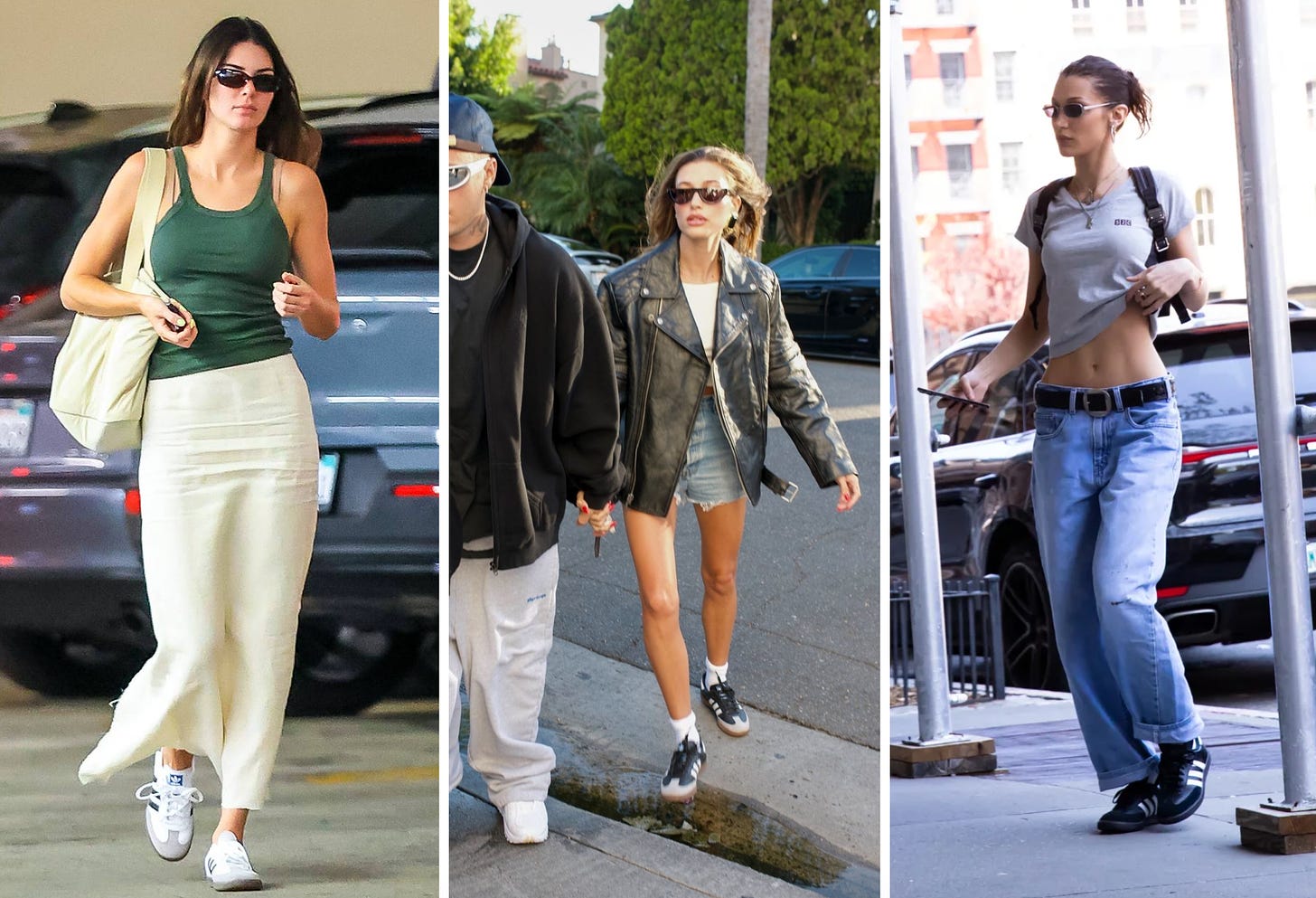
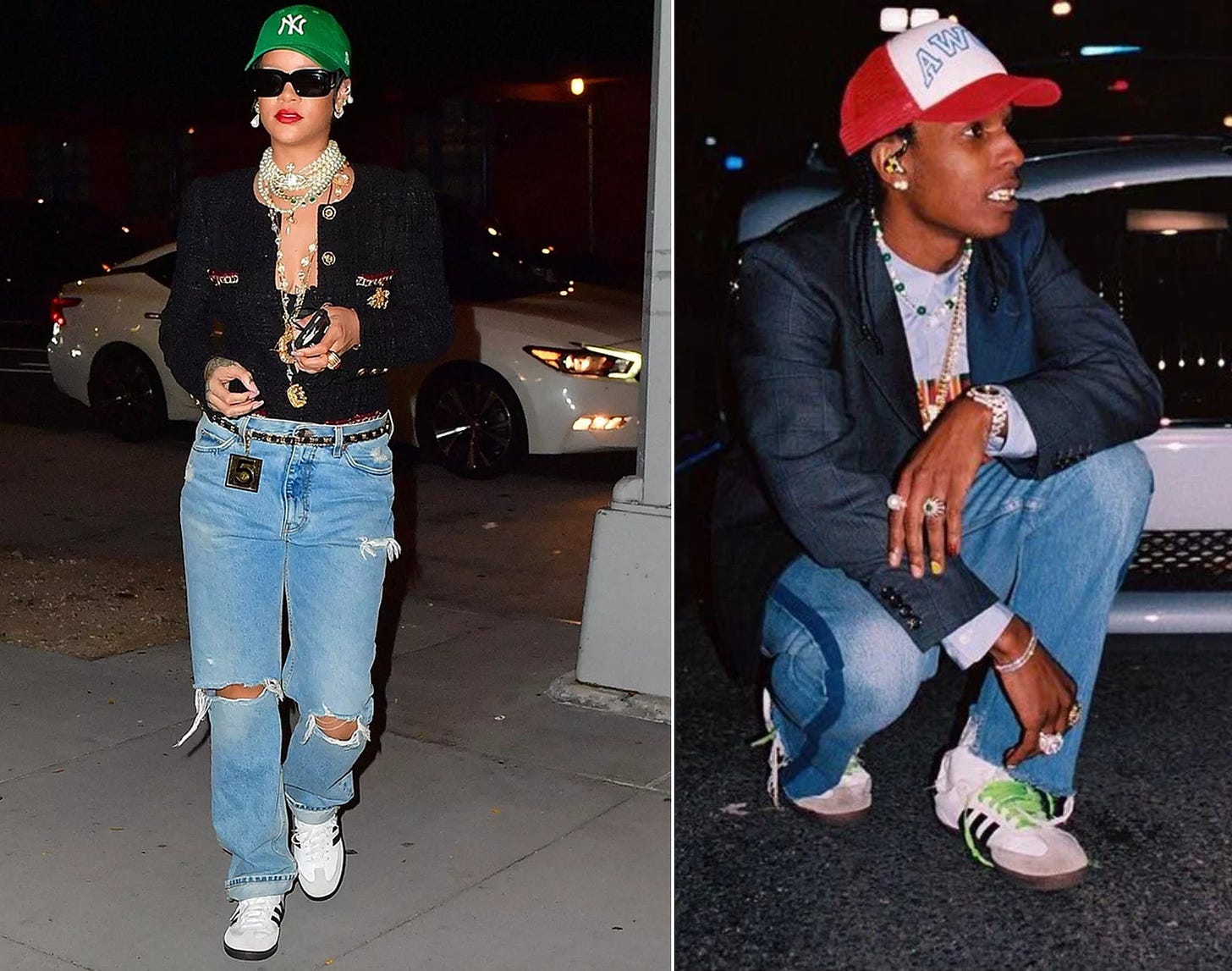
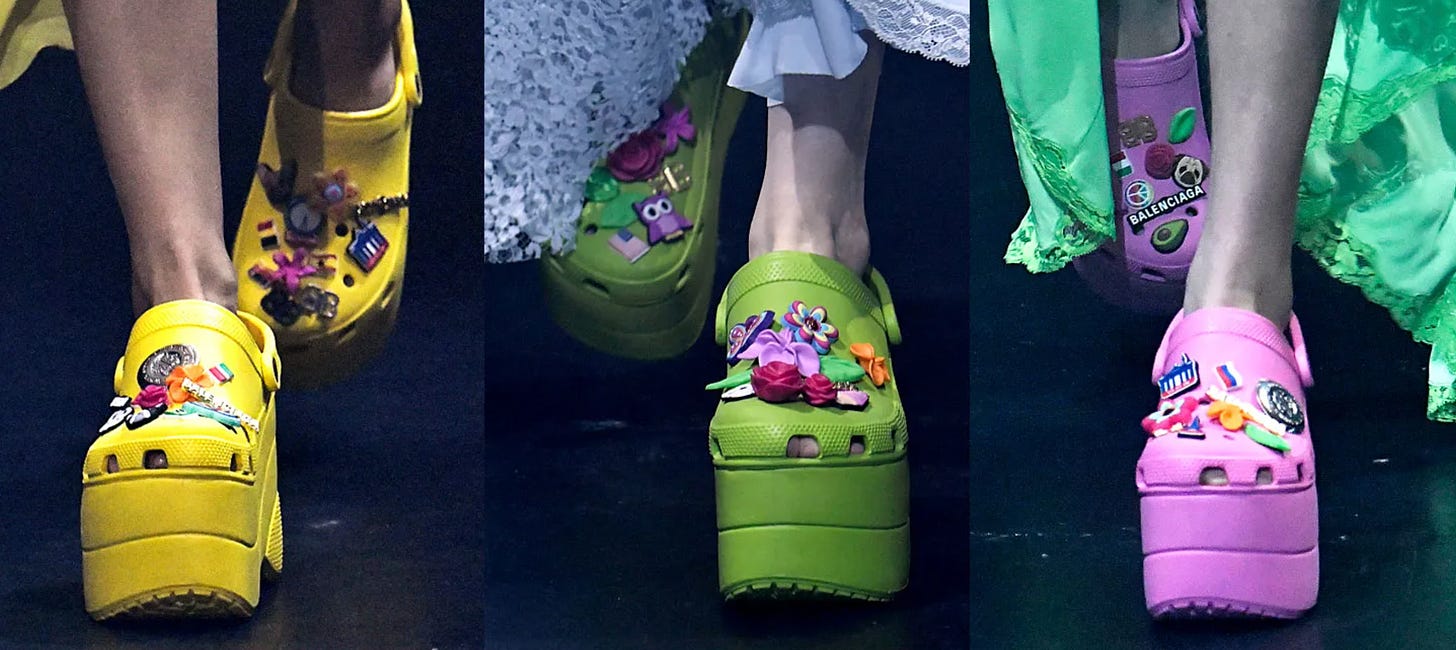
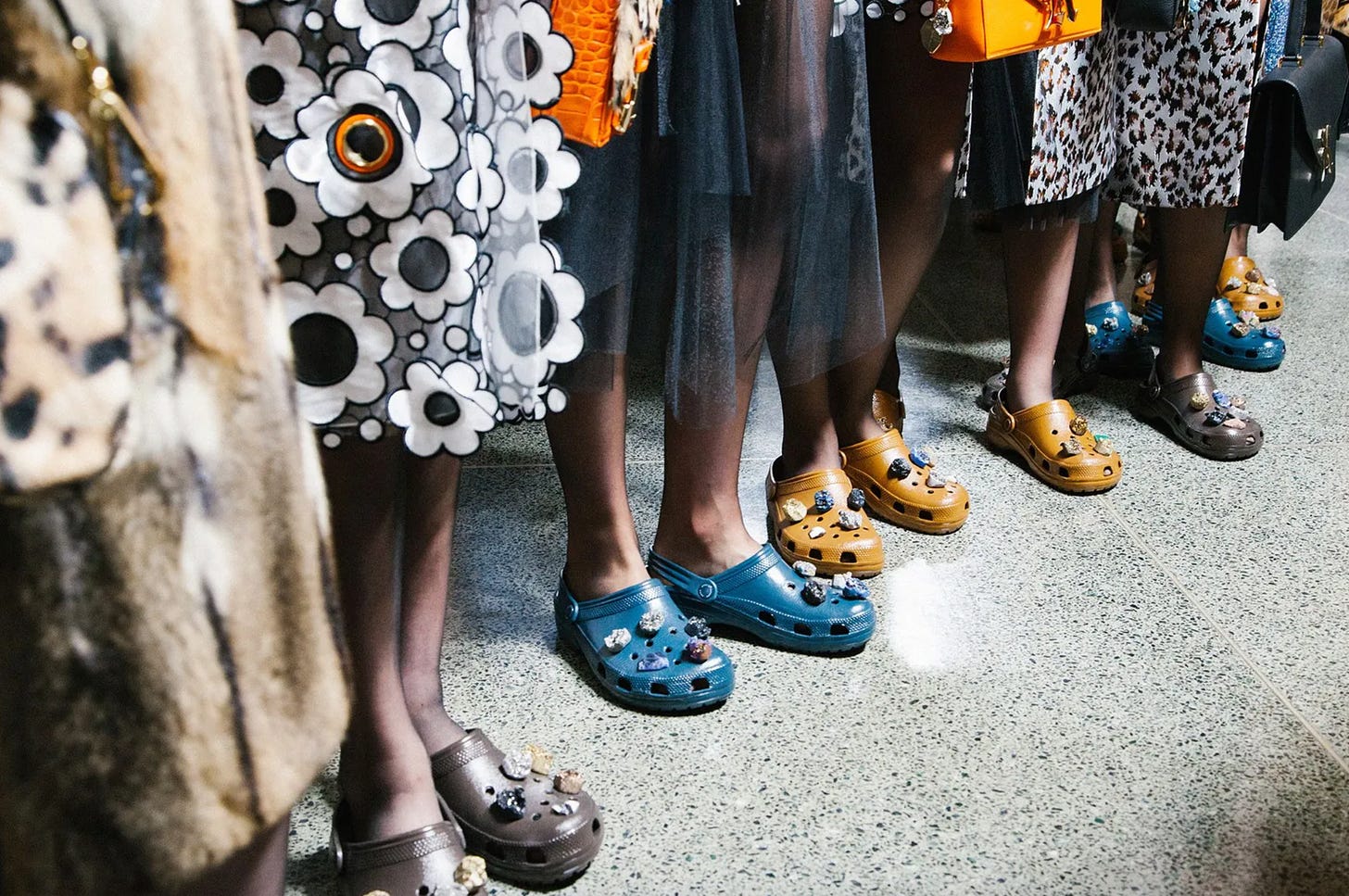
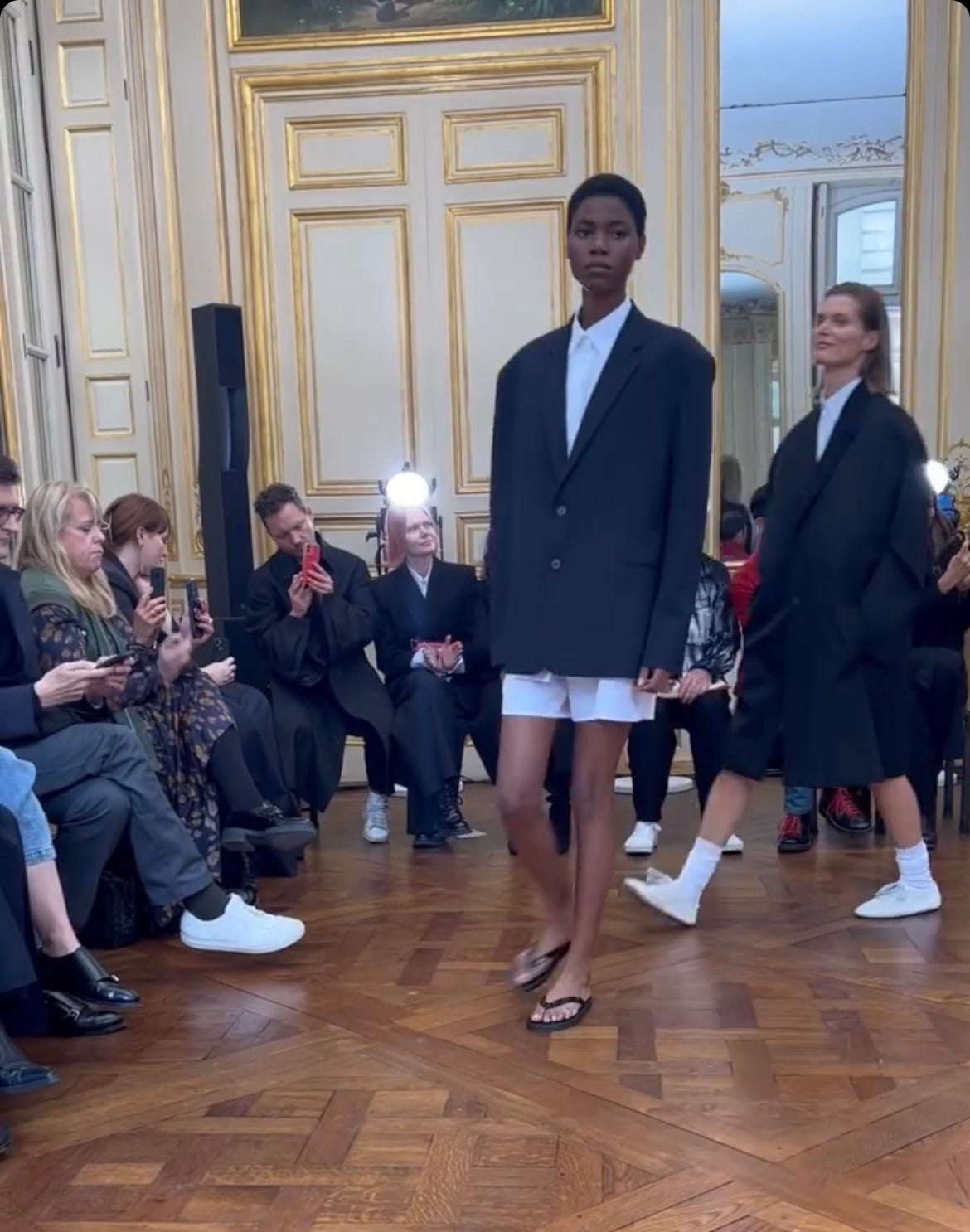
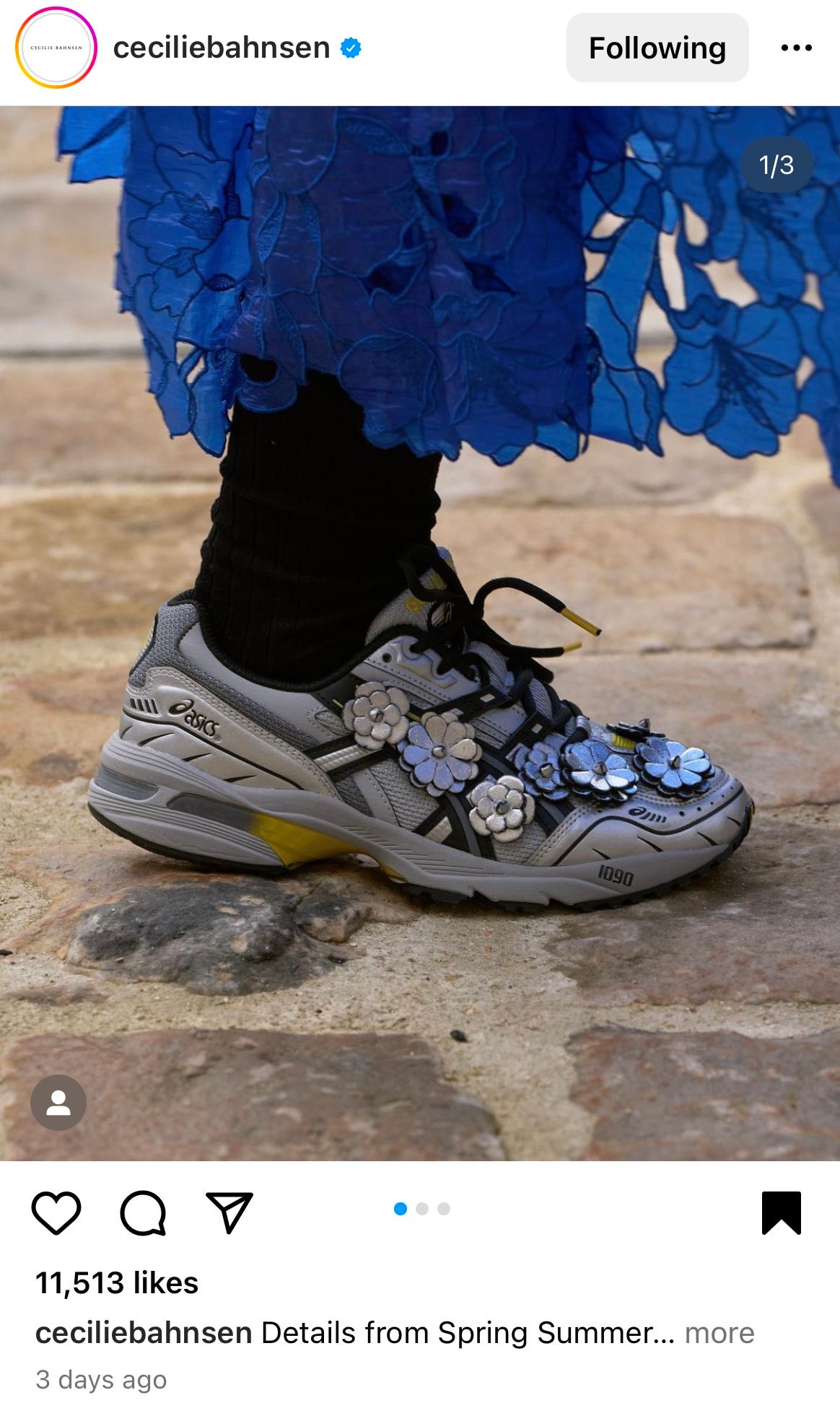
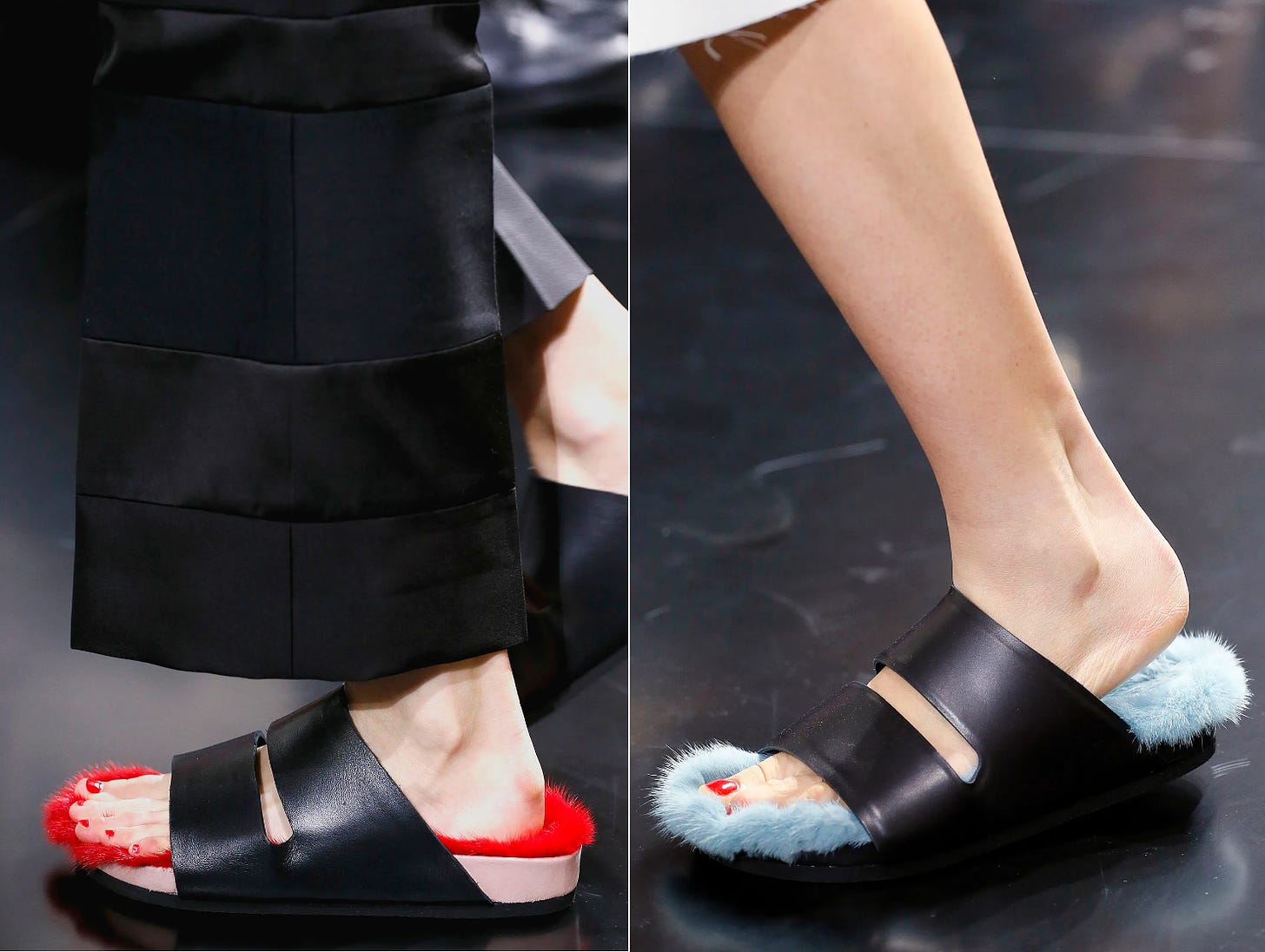
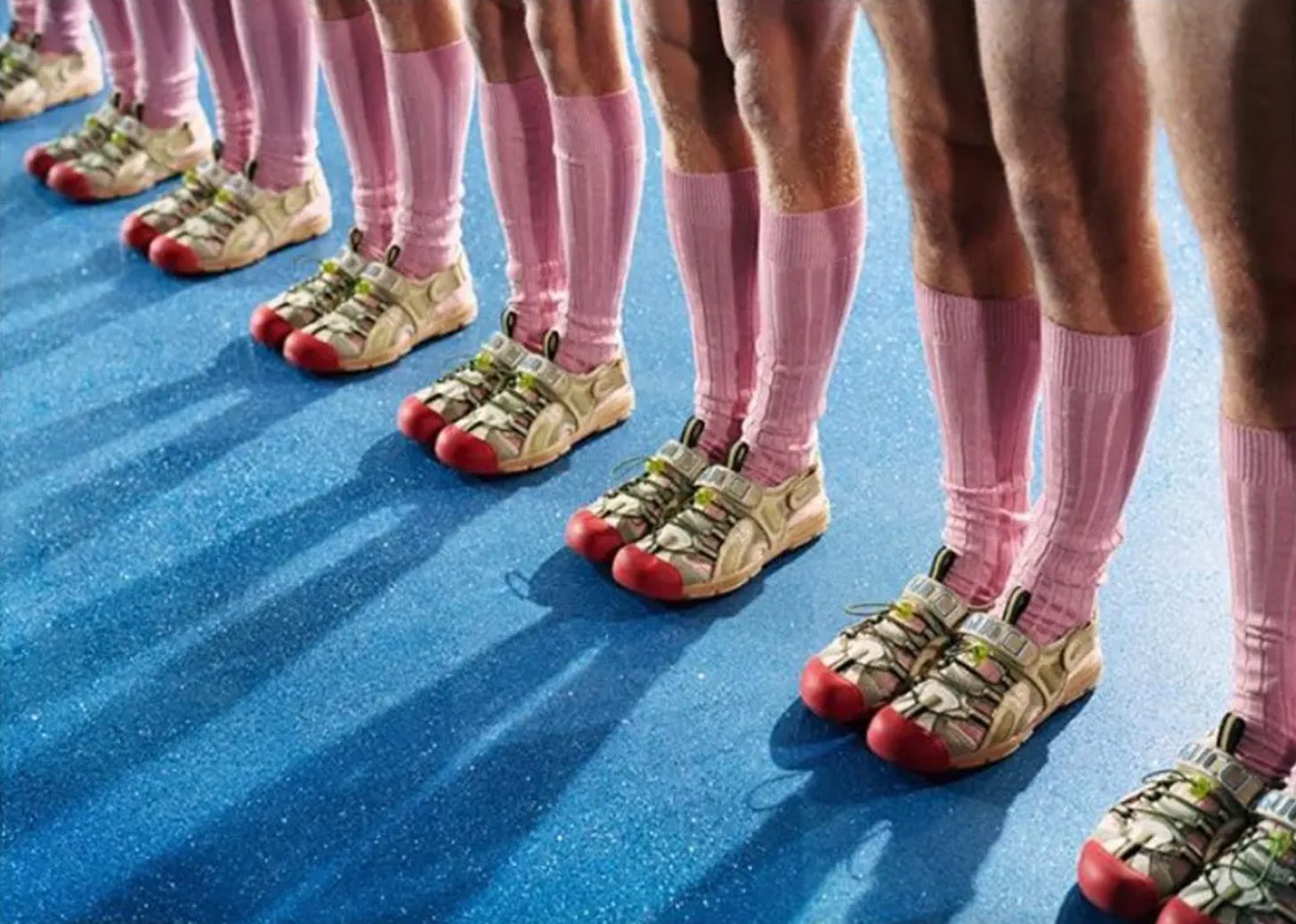
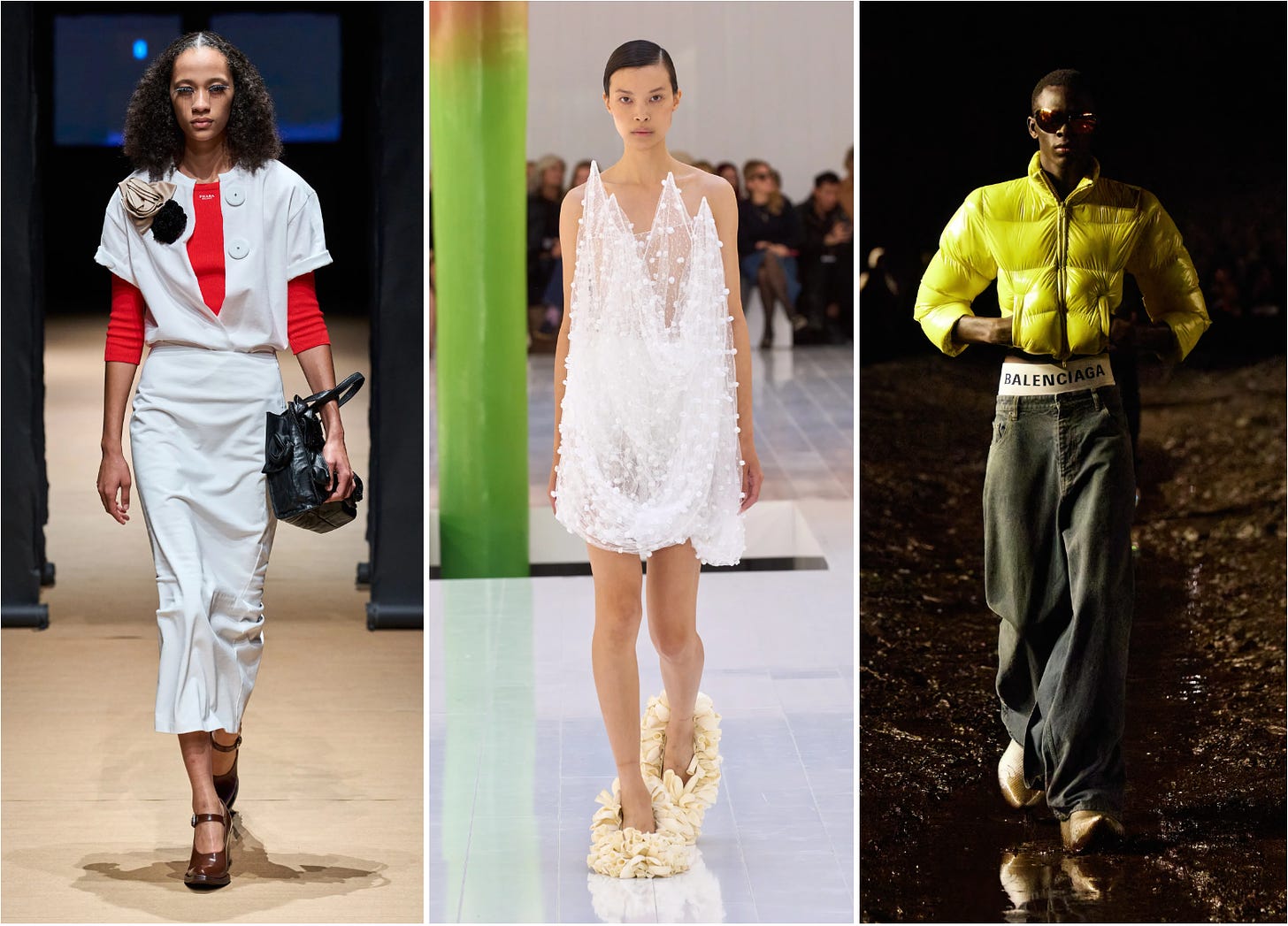

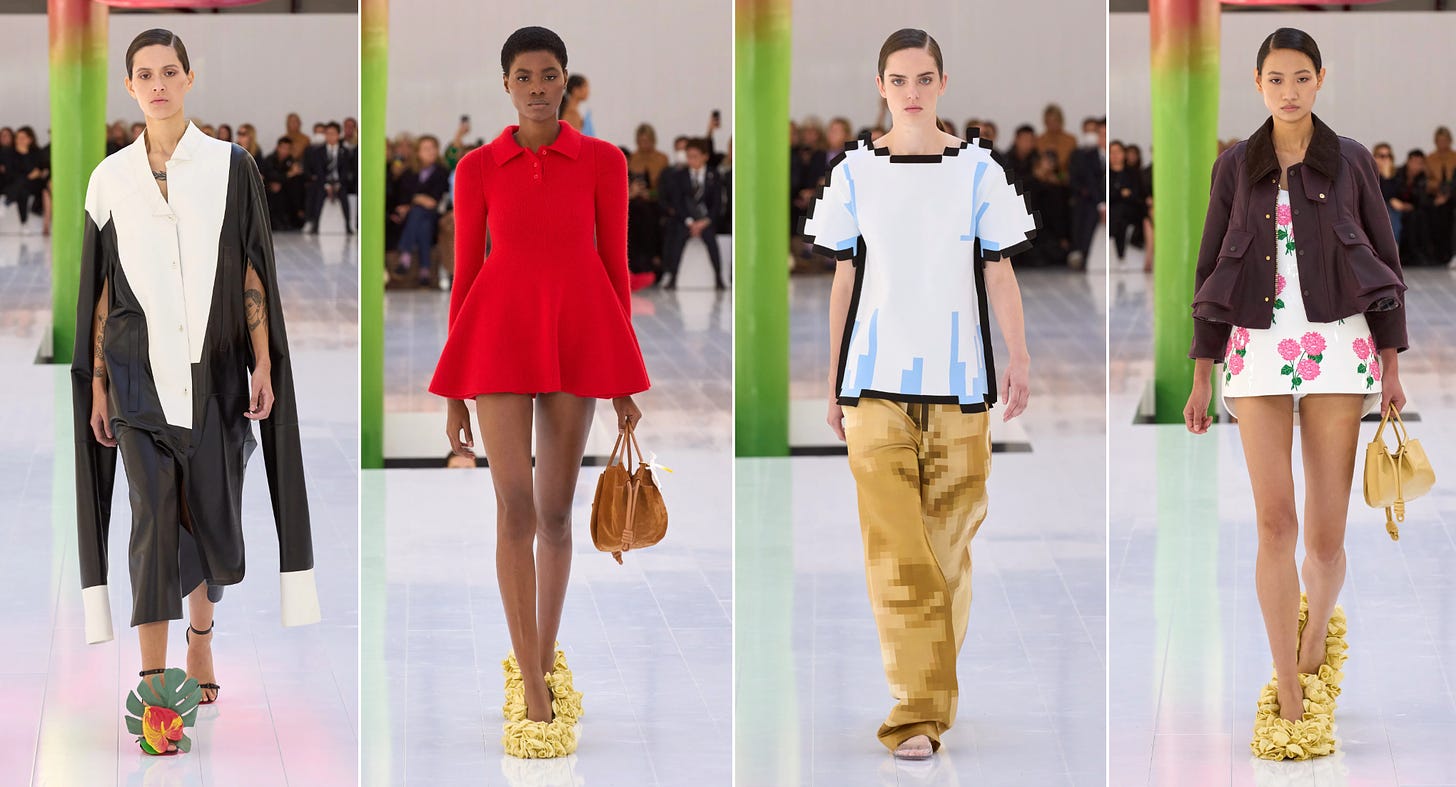
I think the everyday/ utilitarian has played a part in the trend cycle for decades: classic Levi 501s, Reeboks, Hanes t-shirts, Gap Oxfords, Weejuns to name a few. I agree it’s an influence of American sport/ mall culture but I think it’s been a mainstay since the early 90s, possibly earlier
I think there could be status in feeling fashionable .....